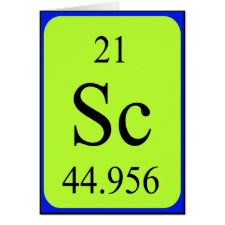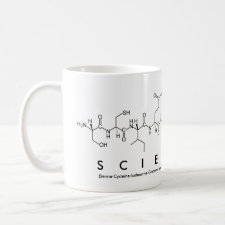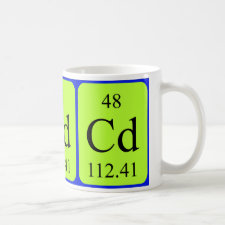
Authors: Wei SL, Liu Y, Shao MD, Liu L, Wang HW, Liu YQ
Article Title: Preparation of magnetic Pb(II) and Cd(II) ion-imprinted microspheres and their application in determining the Pb(II) and Cd(II) contents of environmental and food samples.
Publication date: 2014
Journal: RSC Advances
Volume: 4
Issue: (56)
Page numbers: 29715-29723.
DOI: 10.1039/C4RA01948B
Abstract: A novel magnetic ion-imprinted polymer (MIIP) was prepared by inverse microemulsion polymerization using ethylene glycol dimethacrylate (EGDMA) as the cross-linker, and 2,2-azo-bis-isobutyronitrile (AIBN) as the initiator. Fe3O4 particles were incorporated into the imprinted polymer matrix containing 4-vinyl pyridine and acrylate-modified Spirulina platensis as the functional monomers, Pb(II) and Cd(II) as double-templates. The MIIP product was characterized by Fourier-transform infrared spectroscopy, thermal gravimetric analysis and scanning electron microscopy and then evaluated for the magnetic solid-phase extraction of Pb(II) and Cd(II) from environmental and food samples. Inductively coupled plasma-optical emission spectrometry detection was also performed. The obtained MIIP showed the magnetic property, agglomerates of globular particles and rough surface morphologies. The maximum static adsorption capacities of MIIP for Pb(II) and Cd(II) were 108 and 56 mg g-1, respectively. The factors affecting the adsorption and separation of Pb(II) and Cd(II), namely, solution pH, adsorbent dosage, eluting solvent, and elution time, were investigated. Under the optimized conditions, the detection limits (S/N = 3) of the method were 0.1 and 0.08 μg kg-1 for Pb(II) and Cd(II), respectively. The relative standard deviations (RSDs) for 10-replicate detections of a soil sample were 3.3% and 3.7% for Pb(II) and Cd(II), respectively. Standard solutions containing Pb(II) and Cd(II) in the concentration range of 0.8 to 5000 μg kg-1 were analyzed by the proposed procedure and it was found that the calibration curve was linear in this range (R2 ³ 0.999). The proposed method was successfully used to determine the Pb(II) and Cd(II) contents of cinnamon, lotus root and sweet potato with recovery rates ranging from 87.5% to 106%
Template and target information: lead ion, cadmium ion, Pb(II), Cd(II), dual templates



Join the Society for Molecular Imprinting

New items RSS feed
Sign-up for e-mail updates:
Choose between receiving an occasional newsletter or more frequent e-mail alerts.
Click here to go to the sign-up page.
Is your name elemental or peptidic? Enter your name and find out by clicking either of the buttons below!
Other products you may like:
 MIPdatabase
MIPdatabase









